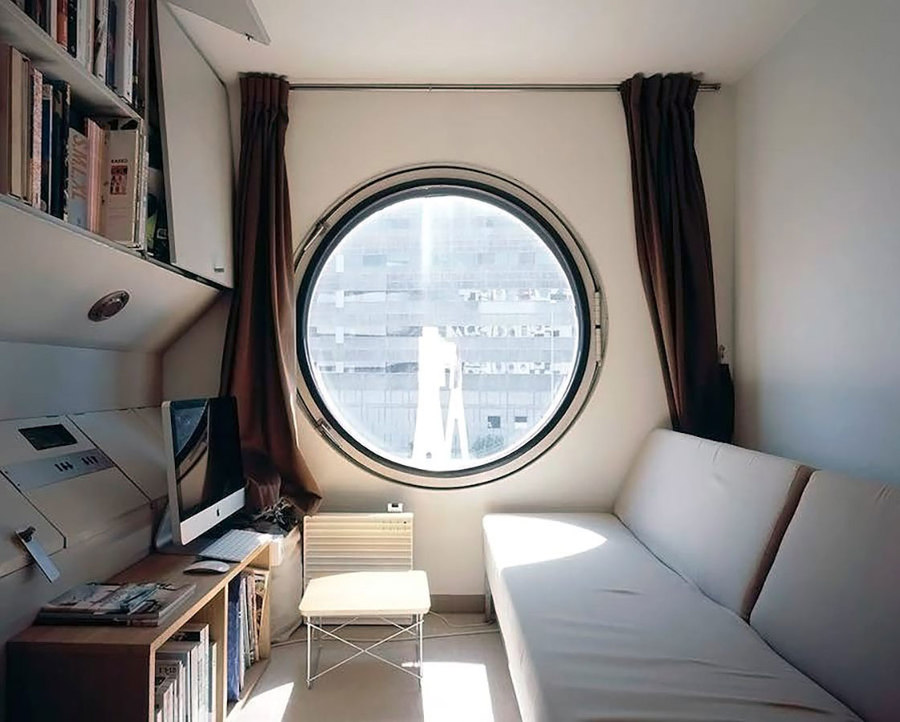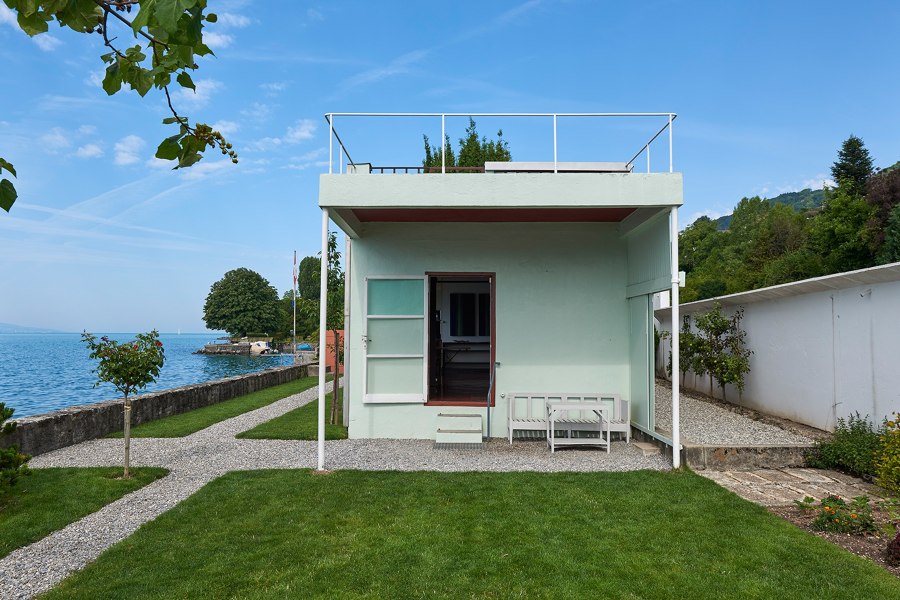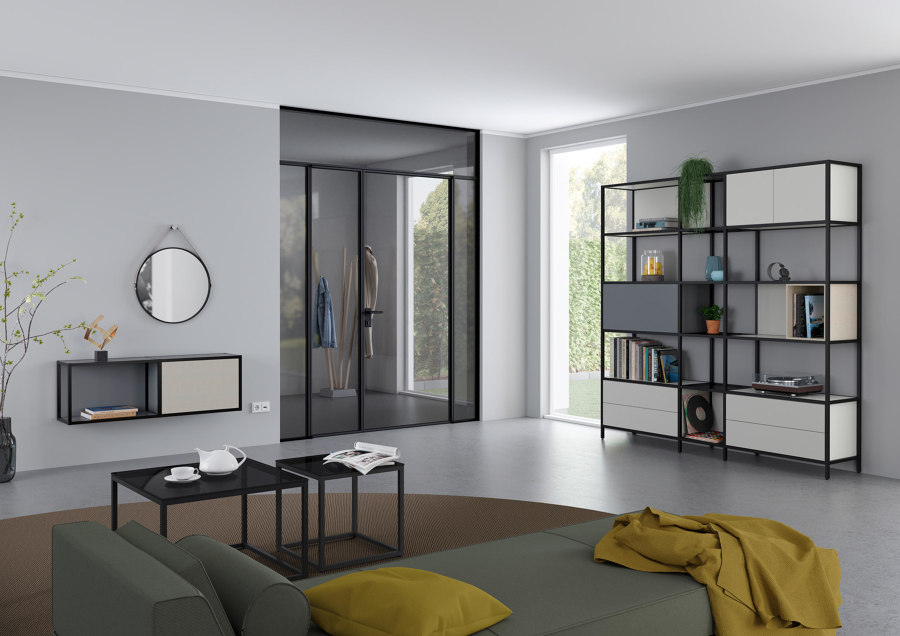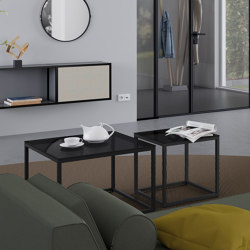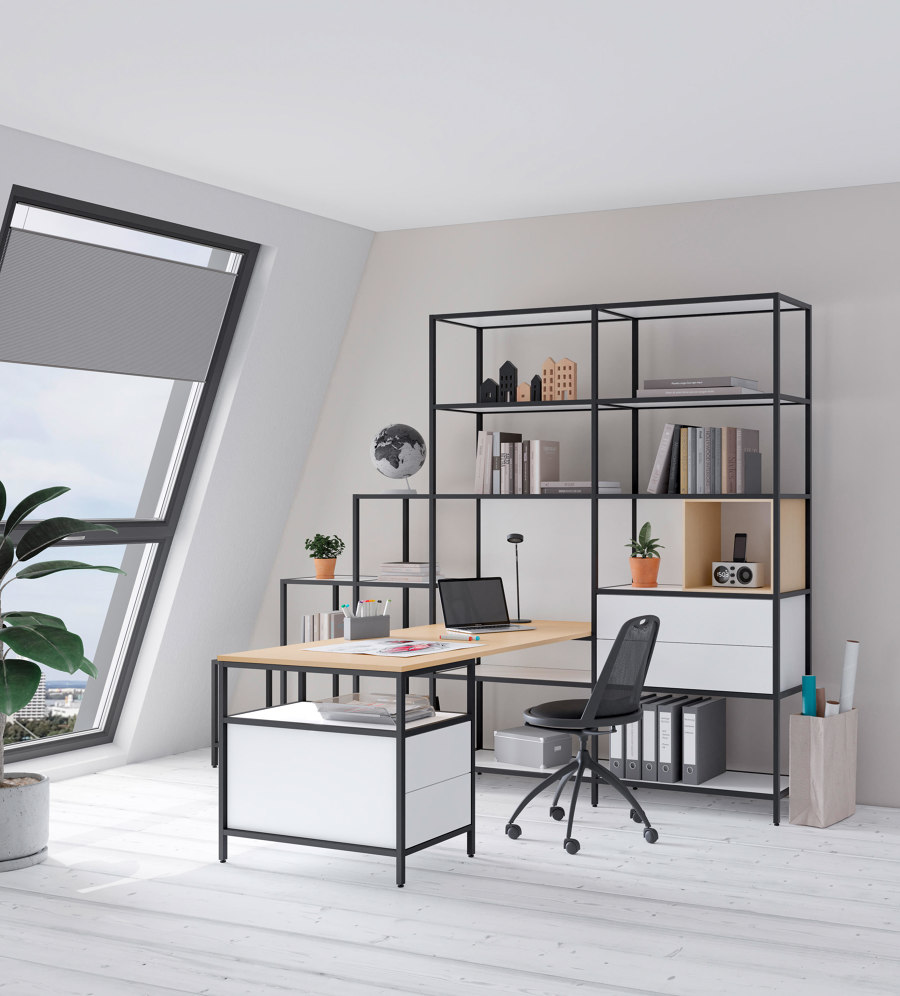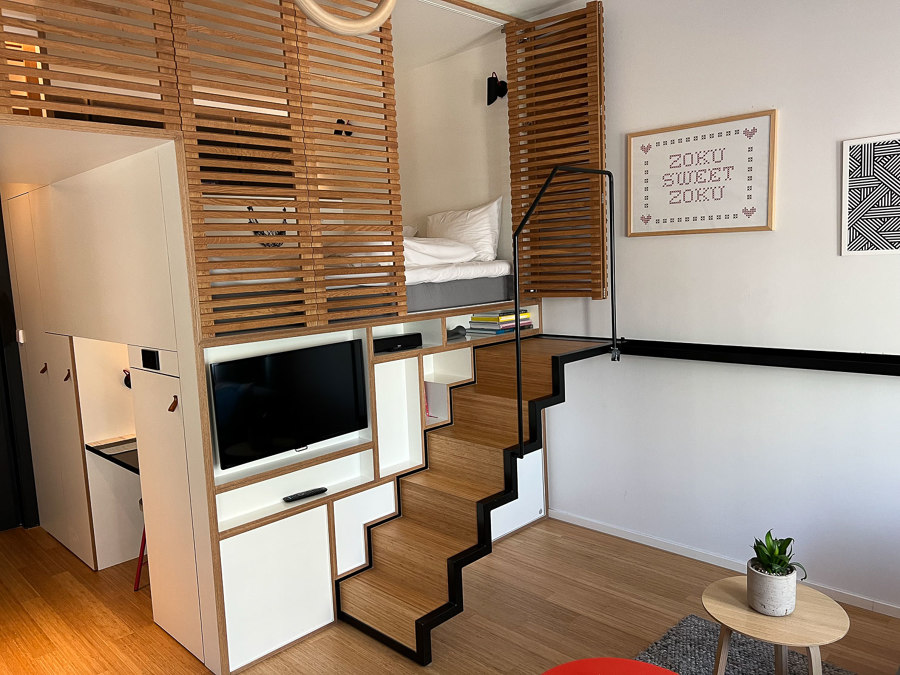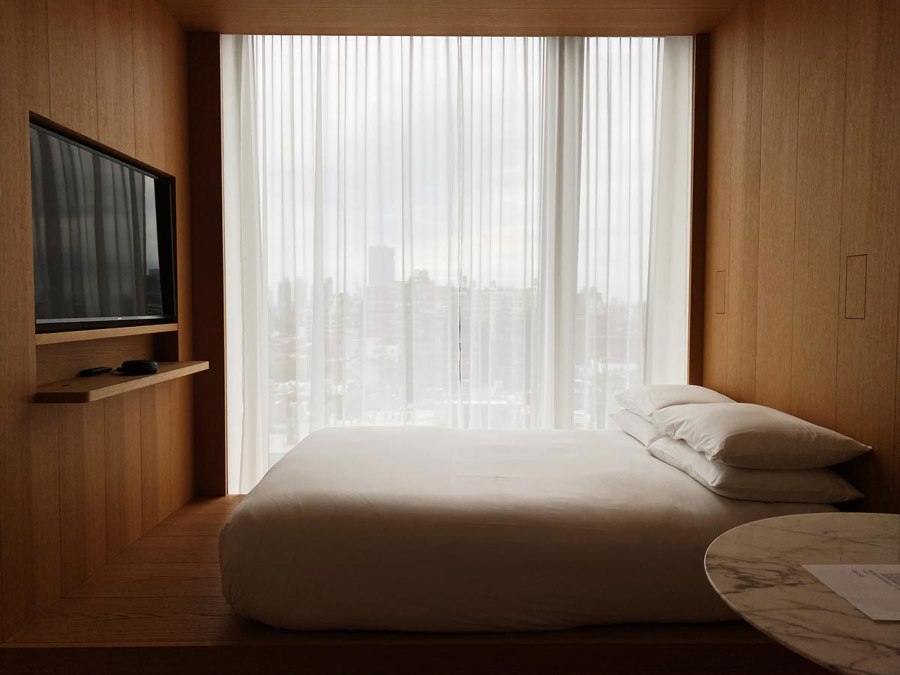Compact living in modern urban contexts: the raumplus Intelligence Series
Scritto da Tansy Kaschak
04.10.22
The first installment of the raumplus Intelligence Series – three consecutive features sponsored by the German manufacturer –, has design expert Tansy Kaschak take a look at how individuals and hotels around the globe are tackling compact living issues with ingenious design solutions.
Much like Gary Chang is his domestic transformer – a 4 by 8 m apartment in Hong Kong – many contemporary urban dwellers and developers have to come up with ways to maximise living space. Photo: Edge Design Institute
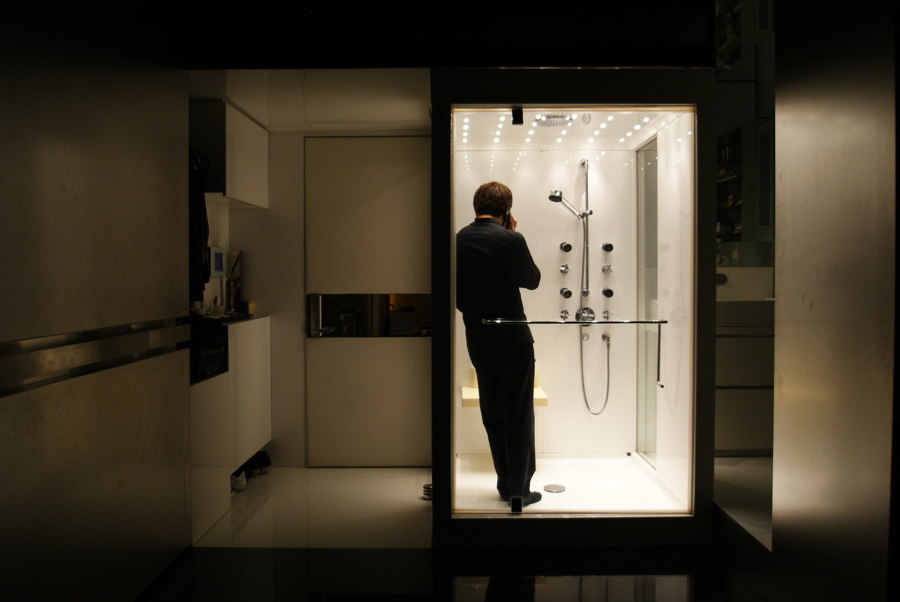
Much like Gary Chang is his domestic transformer – a 4 by 8 m apartment in Hong Kong – many contemporary urban dwellers and developers have to come up with ways to maximise living space. Photo: Edge Design Institute
×Bigger isn't always better
From forest tipis and mirrored treehouses to the cave a man called Gisbert has been inhabiting for 35 years on a remote Aeolian Island and Le Corbusier's Villa Le Lac in Switzerland, I’ve always been attracted to small, unique spaces. It is as if their minute size conversely sparks my imagination in an expansive way. When I visited Japan, I was fascinated by their innate ability to occupy reduced footprints. One morning, I ran to see the iconic Nakagin Capsule Tower, which had me thinking about how urban life could get so compact. The sight of it, indeed, encapsulated so much of modern society: our search for convenience and the desire to master time and resources.
The recently demolished Nakagin Capsule Tower and Le Corbusier's Villa Le Lac are emblems of modern society's search for convenience and its desire to master time and resources. Photos: Nagakin Tower (top), FLC/ProLitteris (middle & bottom)
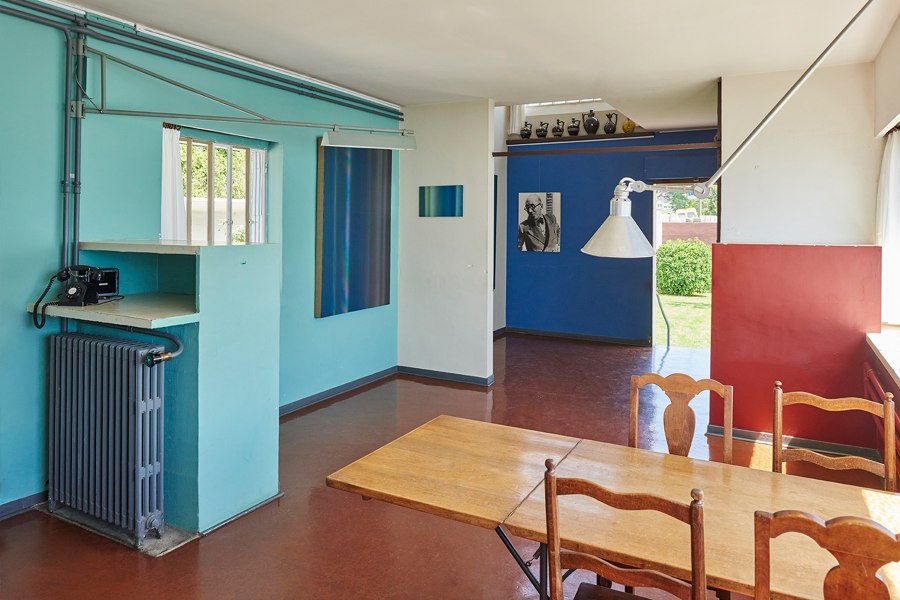
The recently demolished Nakagin Capsule Tower and Le Corbusier's Villa Le Lac are emblems of modern society's search for convenience and its desire to master time and resources. Photos: Nagakin Tower (top), FLC/ProLitteris (middle & bottom)
×Between 2011 and 2018, I lived in a 23m2 apartment in New York’s Lower East Side. At first, the little abode in an 1818 tenement building was the only space I could afford within the area I wanted to live in. With the same motivation that has driven millions of people to populate dense urban centres around the globe, I wanted to be not too far from work and everything else I was looking for in that chapter of my city life, reducing commute time whenever possible.
Tansy Kaschak is a journalist, design and sustainability expert and EIC of future-forward culture and travel platform A Hotel Life. She consults worldwide on innovation and her work has appeared in CN Traveller, Vogue and GQ

Tansy Kaschak is a journalist, design and sustainability expert and EIC of future-forward culture and travel platform A Hotel Life. She consults worldwide on innovation and her work has appeared in CN Traveller, Vogue and GQ
×Being a crafty person, I continuously refined and perfected every corner of my space, and, at every rental renewal, I decided to stay — there was a growing joy in strechting, somehow, those tight constraints. Each angle had a role, either for visual pleasure, function, or, most often, both. A comfy couch unfolded to be a spacious bed; drawers slid out to become side tables; hooks and shelves kept my memorabilia nicely displayed; and a not-so-shy collection of shoes, accessories and vintage frocks miraculously didn’t fall on top of my head (all the time). Friends nicknamed it 'the origami.'
Solutions such as multipurpose furniture like raumplus' Creo series (top) or S 8000 sliding doors (bottom) are highly impactful when employed in small spaces
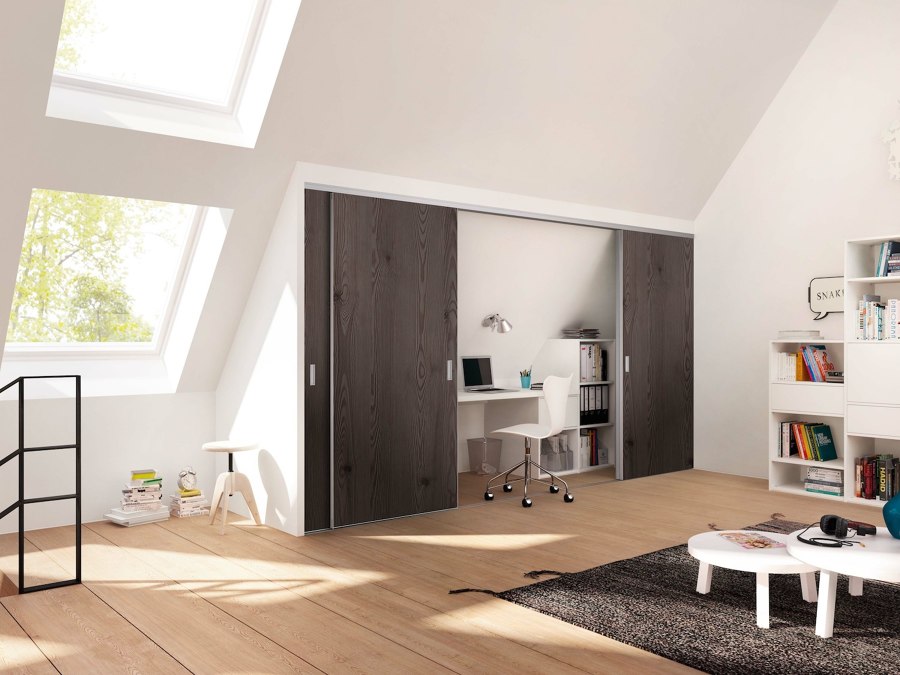
Solutions such as multipurpose furniture like raumplus' Creo series (top) or S 8000 sliding doors (bottom) are highly impactful when employed in small spaces
×Function over form
With a few moves, the studio mutated from workplace to dining room, dancefloor, and bedroom. Assigning multiple uses to each piece of furniture increased their efficiency and usability. It also led me to invest in good design items since they were in demand much more intensely and frequently than if I had a big house filled with different, less used options. And I often contemplated what wonders the addition of moving doors and panels could do. At the time, I didn’t know about architect Gary Chang’s domestic transformer project in Hong Kong. When I discovered it, I enjoyed the thought that my empiric living experiment had an elevated, artistic and scientific counterpart in a far corner of the world.
Domestic functions move with their walls at Gary Chang’s Domestic Transformer project in Hong Kong. The highly specified systems took six months to construct
Time-based living
Living for decades in a four by eight metre apartment, Gary came up with a structure of moving walls that enabled him to rearrange the space easily, playing hide-and-seek with the various programs and reconfiguring it to host different activities at any given time. 'I simply explore a time-based system of living in this apartment; instead of me moving from one room to another in the traditional sense, the apartment transforms for me for different functions. I utilise the entire home all the time, a great departure from the conventional definition of a home with many rooms. Flexibility can work miracles in a tight space, enabling one to do more things, and in more spacious areas by creating flexible systems of elements defining a compact space', he said about his project in an interview with ArchDaily.
'Instead of me moving from one room to another in the traditional sense, the apartment transforms for me for different functions. I utilise the entire home all the time, a great departure from the conventional definition of a home with many rooms'
Looking at Gary’s masterpiece reinforces my belief that hotels are transformers at heart. As Petri dishes for the human experience, they are much more than a place to rest and can bring together many levels of creativity and activity, especially when more and more of us are working from home or on the go. Catering to this type of traveller is one of the biggest trends in hospitality. The industry’s design, therefore, has to pay attention to maximising small spaces much like Gary and I did, continuously reinventing an often diminutive square footage to increase efficiency and practicality.
Wooden screens at Zoku Living in Amsterdam make beds disappear (top), while Ian Schrager’s PUBLIC Hotel in NYC juxtaposes compact rooms with luxurious shared spaces. Photos: Alex Catarinella (top) & Olivia Lopez

Wooden screens at Zoku Living in Amsterdam make beds disappear (top), while Ian Schrager’s PUBLIC Hotel in NYC juxtaposes compact rooms with luxurious shared spaces. Photos: Alex Catarinella (top) & Olivia Lopez
×To achieve a good balance in their offerings, hotels can invest in intelligent and innovative solutions and flexible furnishings that convert guest rooms and provide common areas that meet different residential or commercial needs. Ian Schrager’s PUBLIC Hotel presents the idea of compact rooms next to generous and lively public spaces with a lot of glamour; Zoku Living in Amsterdam features beds that disappear so private meeting desks can take place; the Weltz Tower in Seoul, Korea, and Central Hotel in Ljubljana, Slovenia, are lodging solutions that aim to be multipurpose by the smart use of fittings, sliding doors and partitions that hide additional living and sleeping areas.
Apartments at the Weltz Tower in Seoul (top) use raumplus sliding doors to efficiently divide small living quarters, while the Central Hotel in Slovenia's capital Lubljana (bottom) uses the manufacturer's partitions to hide compact sleeping pods
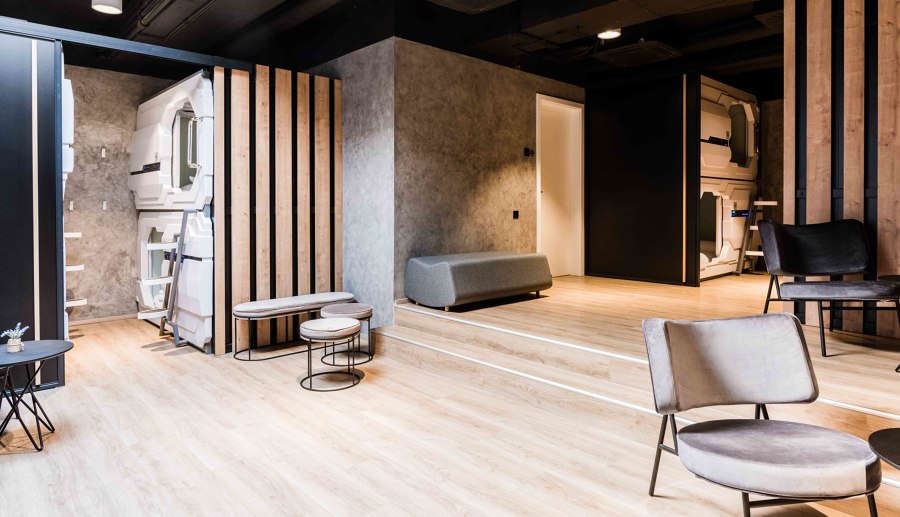
Apartments at the Weltz Tower in Seoul (top) use raumplus sliding doors to efficiently divide small living quarters, while the Central Hotel in Slovenia's capital Lubljana (bottom) uses the manufacturer's partitions to hide compact sleeping pods
×Compact hospitality
By employing flexible yet durable furniture and creative solutions such as screens, sleeping pods, or movable walls, these compact hospitality examples maintain their cultural currency in times of shifting habits (and inflation) to enable travellers from around the globe to feel at home in a space that is not their own. Just like the limits between productive, rest, and play time are increasingly blurred, the lines of the places we inhabit will continue to morph, with versatility and adaptability being the golden rules for hoteliers and developers who want to stay relevant and occupied.
By optimising the use of space, we inevitably consume less on all fronts
A final thought naturally goes to sustainability: by optimising the use of space, we inevitably consume less on all fronts. A smaller unit will use less concrete, steel, wood, wires, chemicals to be built. It will require less energy to be lit, cooled or heated, less water and products to be cleaned, less appliances, fixtures and devices to populate it. It will also offer less room to store things; hence consumer habits will be invited to dwindle. And, all of this will require less of our most precious commodity: time. So, I am tempted to say this is, indeed, a case for less is more. Just like rooms that defy boundaries and transform themselves, when we are less consumed by consuming, life finds the time — and space — to unfold with ample ease and grace.
More about Tansy Kaschak
© Architonic

